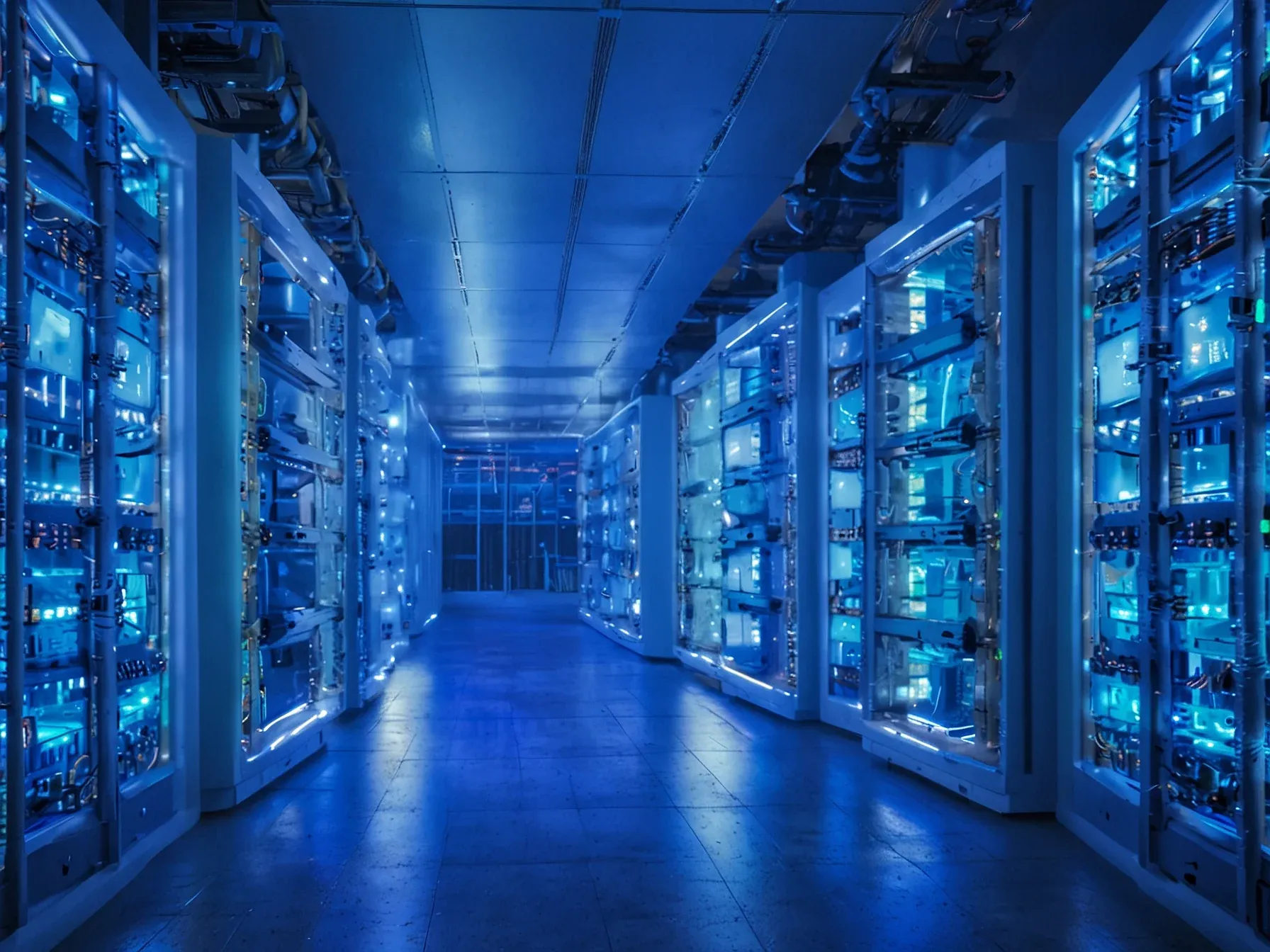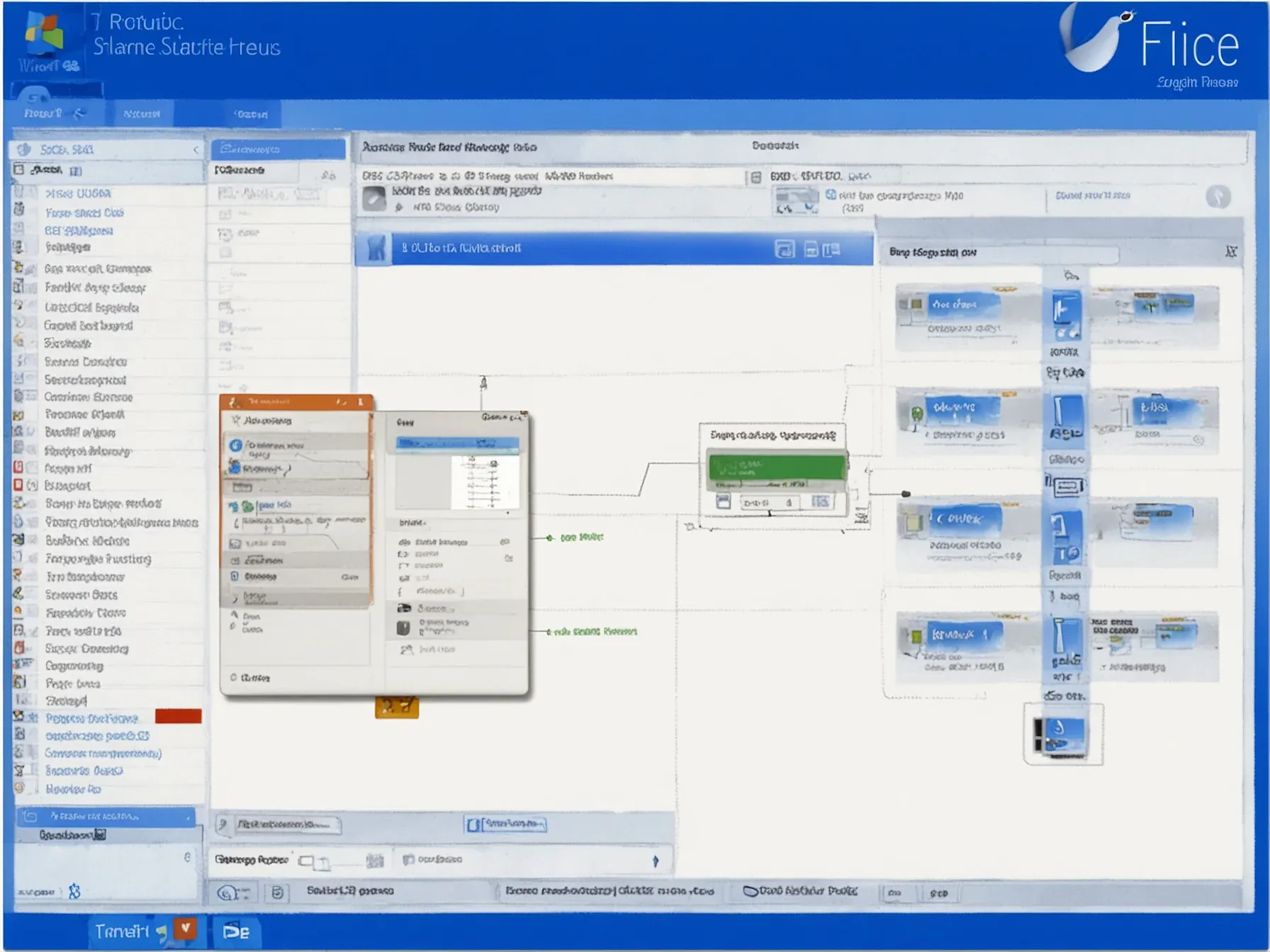
White House launches Genesis Mission to unite supercomputers, data in AI platform
The White House has rolled out a new effort called the Genesis Mission, a federal push to stitch together the nation’s most powerful supercomputers with massive data troves under a single AI framework. For companies watching policy‑driven tech moves, the announcement feels like a signal that Washington is stepping beyond research grants and into the mechanics of large‑scale automation. While the administration frames the project as a way to accelerate scientific discovery, the language around “closed‑loop AI” and “robotic laboratories” raises questions about the scope of government involvement in commercial AI pipelines.
Enterprises that rely on cloud providers or proprietary models may soon find a federal platform competing for the same compute resources they already purchase. The stakes aren’t just about speed or cost; they touch on data governance, intellectual property and the balance of power between public and private AI development. Viewed against that backdrop, an ambitious federal project that promises to integrate “world‑class supercomputers and datasets into a unified, closed‑loop AI platform” and “power robotic laboratories” sounds, to some observers, like more than a pure science accelerator.
It could, depending on how ac…
Viewed against that backdrop, an ambitious federal project that promises to integrate "world-class supercomputers and datasets into a unified, closed-loop AI platform" and "power robotic laboratories" sounds, to some observers, like more than a pure science accelerator. It could, depending on how access is structured, also ease the capital bottlenecks facing private frontier-model labs. The aggressive DOE deadlines and the order's requirement to build a national AI compute-and-experimentation stack amplify those questions: the government is now constructing something strikingly similar to what private labs have been spending billions to build for themselves. The order directs DOE to create standardized agreements governing model sharing, intellectual-property ownership, licensing rules, and commercialization pathways--effectively setting the legal and governance infrastructure needed for private AI companies to plug into the federal platform.
Will the Genesis Mission deliver on its promise? The executive order tasks the Department of Energy with stitching together 17 national laboratories, federal supercomputers and decades of government data into a single, closed‑loop AI platform. It is billed as a generational leap, echoing the scale of the World War II Manhattan Project.
Yet the description stops short of explaining how the integrated system will operate day‑to‑day, or what safeguards accompany the “robotic laboratories” it envisions. Observers note the ambition, but also the opacity surrounding implementation details. It's a massive undertaking.
The platform’s success hinges on technical coordination across disparate facilities, a challenge that remains largely unquantified. Moreover, the potential for the system to serve purposes beyond pure scientific acceleration is hinted at, though the article provides no concrete evidence of such intent. In short, the Genesis Mission represents a bold federal initiative, but whether it will translate into measurable advances in AI‑driven research is still unclear.
Further Reading
- President Trump Launches the Genesis Mission to Accelerate AI for Scientific Discovery - White House
- White House to consolidate data and research under AI-driven Genesis Mission - American Nuclear Society
- Energy Department Launches 'Genesis Mission' to Transform American Science and Innovation Through the AI Computing Revolution - U.S. Department of Energy
- Trump Administration Launches 'Genesis Mission' to Boost Science through AI - American Institute of Physics
- Trump's AI 'Genesis Mission': what are the risks and opportunities? - Nature
Common Questions Answered
What is the primary goal of the Genesis Mission as outlined by the White House?
The Genesis Mission aims to fuse the nation’s most powerful supercomputers with massive government data sets into a single, closed‑loop AI platform. By doing so, the administration hopes to accelerate scientific discovery and create a unified framework for large‑scale automation.
Which federal agency is responsible for stitching together the 17 national laboratories and federal supercomputers for the Genesis Mission?
The Department of Energy (DOE) has been assigned by the executive order to coordinate the integration of 17 national laboratories, federal supercomputers, and decades of government data. This task positions the DOE as the central manager of the Genesis Mission’s AI compute infrastructure.
How does the Genesis Mission plan to incorporate "robotic laboratories" into its AI platform?
The mission’s design includes powering robotic laboratories through the unified AI framework, enabling automated experimentation and data collection at scale. These robotic labs are intended to operate within a closed‑loop system that feeds results back into the AI models for continuous improvement.
What potential effect could the Genesis Mission have on private frontier‑model labs, according to observers?
Observers suggest that by providing streamlined access to world‑class supercomputing resources and extensive datasets, the Genesis Mission could ease capital bottlenecks that currently limit private frontier‑model labs. This access might level the playing field, allowing smaller companies to develop advanced AI models without prohibitive upfront investment.




